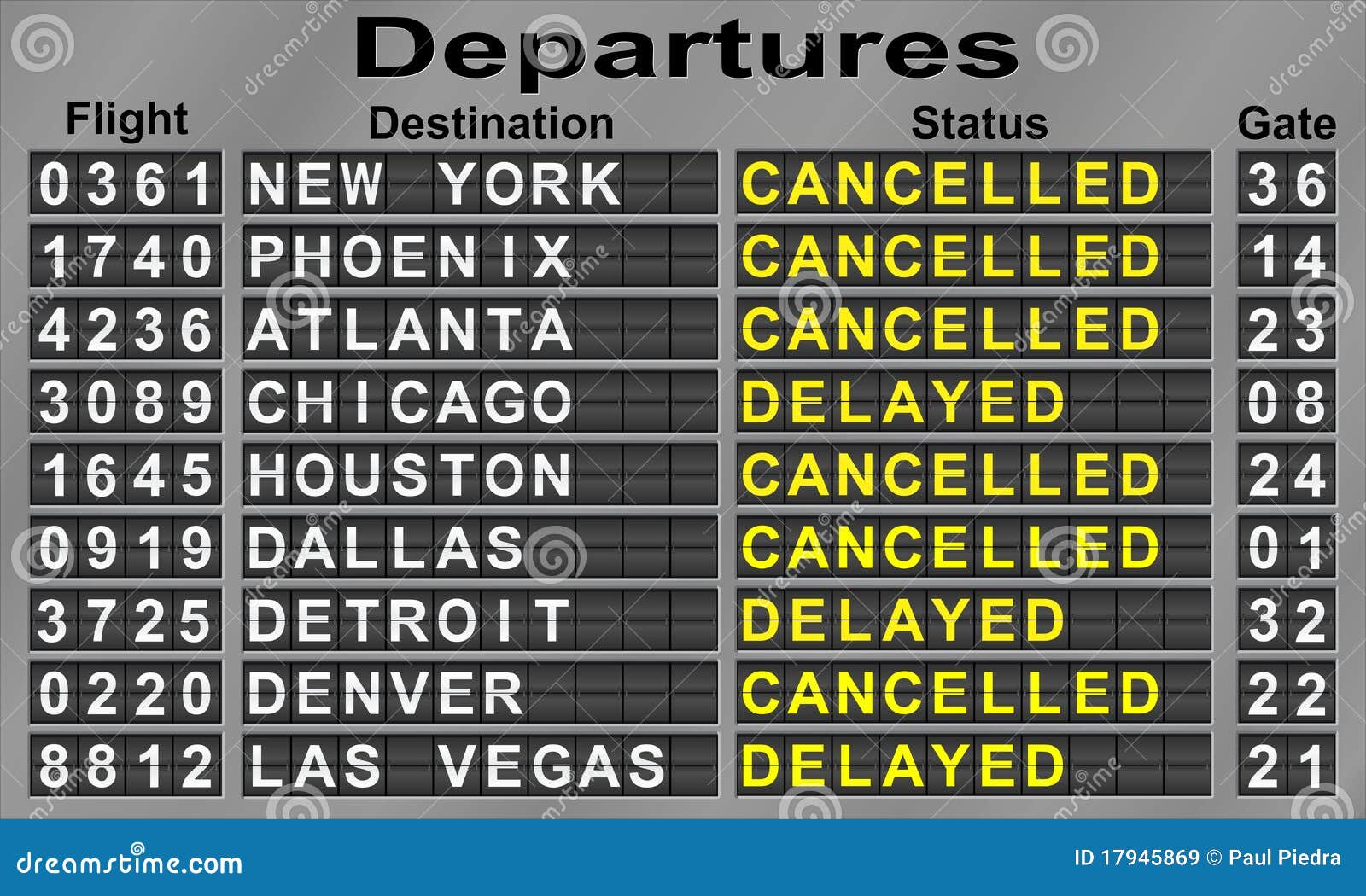
Moreover, shallow-water effects or other hydrodynamic forces, such as ships passing close to each other, can also be depicted. Computer models are used to accurately simulate conditions such as wind, seas, and currents. Administrators network student workstations so that the instructor can launch individual scenarios at each station. However technology also allows for a multitude of smaller workstations in a classroom setting. Moreover, a rudder angle indicator that responds appropriately to the helm is part of the configuration. Such simulators incorporate magnetic and gyro compasses (or repeaters) for steering. Land-based ship simulators may feature a full-scale replica of a steering stand with a ship's wheel. Mariners learn responses to dangerous situations, such as steering failure, in the safety of a virtual environment. Scenarios depicted in 3-D graphics range from making course corrections in open waters to maneuvering in port, rivers, or other shallow waters. Training can be programmed to replicate a variety of ship sizes and environmental conditions.
#TWO HARBORS ARRIVALS DEPARTURES SIMULATOR#
Steady on a course (Steer as needed to bring ship on desired course)Ī ship bridge simulator with 3-D graphics creates scenarios with realistic sights and sounds to train mariners in ship handling.Ĭomputer-based ship simulators provide a training environment for learning skills to steer a ship.Steady as she goes (Steer as needed to continue current heading).Shift your rudder (Steer the same number of degrees but opposite rudder angle).Left or right standard rudder (~20 degrees.Hard rudder (Used infrequently, such as emergencies, when maximum rudder is required).

Meet Her (Counter steer to stop the movement or swing of the ship's bow).Midships (Bring rudder angle to 0 degrees).The following are helm orders used in the United States Navy and United States Coast Guard: A rudder command dictates changing the angle of the rudder, which is a single-event action, whereas steering a heading is a comparatively long event and will require ongoing or continuous rudder adjustments. Helm orders or commands fall into two categories: rudder commands and heading commands. The proliferation of autopilot systems and the increased computerization of operations on a ship's bridge lessen the need for helmsmen standing watch in open waters. The International Convention on Standards of Training, Certification and Watchkeeping for Seafarers (STCW) requires that a helmsman be able to understand and respond to helm orders in English. The helmsman repeats any verbal commands to demonstrate that the command is heard and understood. Consequently, a set of standard steering commands, responses by the helmsman, and acknowledgment by the conning officer are widely recognized in the maritime industry. The mate or other officer on the bridge directs the helmsman aboard merchant or navy ships.Ĭlear and exact communication between the helmsman and officer on the bridge is essential to safe navigation and ship handling. A helmsman relies upon visual references, a magnetic and gyrocompass, and a rudder angle indicator to steer a steady course.
#TWO HARBORS ARRIVALS DEPARTURES PROFESSIONAL#
Moreover, military ships may have a seaman or quartermaster at the helm.Ī professional helmsman maintains a steady course, properly executes all rudder orders, and communicates to the officer on the bridge using navigational terms relating to ship's heading and steering. An ordinary seaman is commonly restricted to steering in open waters. In the merchant navy, the person at the helm is usually an able seaman, particularly during ship arrivals, departures, and while maneuvering in restricted waters or other conditions requiring precise steering.

The rank and seniority of the helmsman may vary: on small vessels such as fishing vessels and yachts, the functions of the helmsman are combined with that of the skipper on larger vessels, there is a separate officer of the watch who is responsible for the safe navigation of the ship and gives orders to the helmsman, who physically steers the ship in accordance with those orders. This redundancy is a safety measure in case one of the steering mechanisms that control the ship's rudder fails.Ī helmsman or helm (sometimes driver) is a person who steers a ship, sailboat, submarine, other type of maritime vessel, or spacecraft.

The bridge of the freighter shown here has two steering stands.


 0 kommentar(er)
0 kommentar(er)
